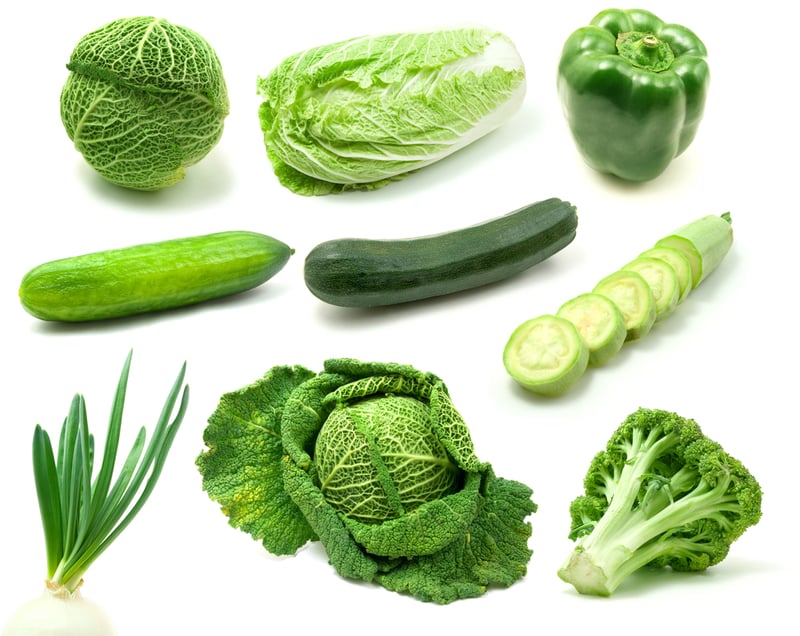
Ask anyone, and they can probably tell you that Iron is an important mineral. Sadly, many people aren’t too sure why we need it or how to get more of it. We're here to break it down so you can not only explain what iron is, why we need it, and what happens when you’re Iron deficient; but also pinpoint specific foods and recipes to increase the amount of iron in your diet!
Iron is a mineral that is used to create hemoglobin, the substance in red blood cells that carries and delivers oxygen to other parts of the body so that cells can produce energy. Iron also helps to remove carbon dioxide. Iron deficiency is one of the most common nutritional deficiencies that occur. Iron deficiency anemia occurs when the body’s iron stores are so low that not enough normal red blood cells can be made to carry oxygen efficiently.
The biggest thing to remember here is that a person can have an iron deficiency without having anemia. An iron deficiency diagnosis can be made when a person has both low hemoglobin (the iron-containing protein in our blood that carries iron and oxygen to cells) and hematocrit (percentage of red blood cells in the blood) and low serum ferritin (amount of iron stored in the body). Serum iron and transferrin-iron saturation percentage will be low with iron deficiency as well. Iron deficiency without anemia occurs when a person has low serum ferritin and/or transferrin saturation but normal hemoglobin levels; when both levels are low, a person has iron deficiency anemia.
Fatigue, weakness, difficulty maintaining body temperature, headaches and dizziness often occur with low levels of iron. For obvious reasons, none of this sounds fun! To avoid iron deficiency, it pays off to consume enough iron in your diet.
There are two types of iron -
- Heme is the type of iron that comes from an animal source like turkey, beef and clams.
- Non-heme iron can be obtained through plants.
Although heme iron is easier for your body to absorb, non-heme iron can get the job done just as well if focused on daily. A helpful tip is to consume a source of vitamin C along with your non-heme iron rich foods to enhance absorption. Some of our favorite sources of plant based iron are beans, lentils, tofu, cashews and dark leafy green vegetables (think spinach and kale).
Recommended Dietary Allowances (RDAs) for Iron:
Gender/Age Iron RDA
Children 1-3 7 mg
Children 4-8 10 mg
Children 9-13 8 mg
Males 14-18 11mg
Females 14-18 15 mg
Males 19+ 8 mg
Females 19-50 18mg
Females 51+ 8 mg
 Struggling with iron deficiency? Try one of our favorite simple, iron-rich snacks....
Struggling with iron deficiency? Try one of our favorite simple, iron-rich snacks....
Kale Chips
Ingredients:
- 1 medium bunch of kale (washed and dried)
- 2 tsp. olive oil
- Pinch of salt
- Pinch of garlic powder
- Pinch of paprika
Instructions:
- Preheat oven to 300 F.
- Wash and dry bunch of kale, ensuring leaves are completely dry.
- Tear leaves off stems into bite-size pieces and transfer to medium-sized mixing bowl. Drizzle with olive oil and then massage oil into leaves, making sure all leaves are oiled. Sprinkle with seasonings.
- Arrange kale on unlined baking sheet and place in preheated oven.
- Bake for 10 minutes, rotate pan and flip crispy pieces of kale. Bake for another 10-15 min. Watch closely to prevent burning/over-browning.
- Remove from oven, let cool for 3 minutes before enjoying!

Britney Kennedy is the founder and CEO of OnPoint Nutrition. Since opening in 2016, she and her team have helped over 2,500 individuals become happier, healthier more confident versions of themselves.




